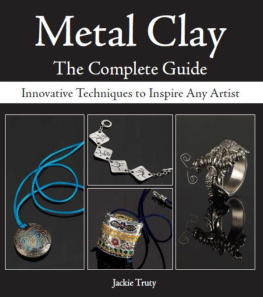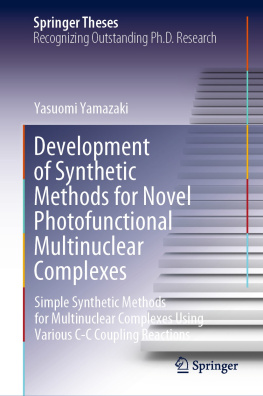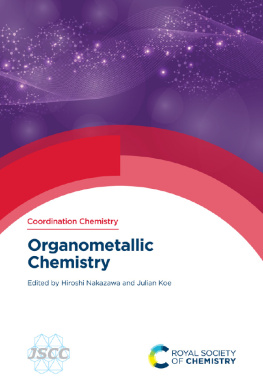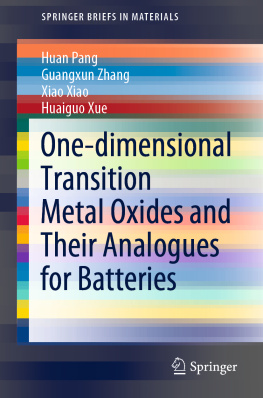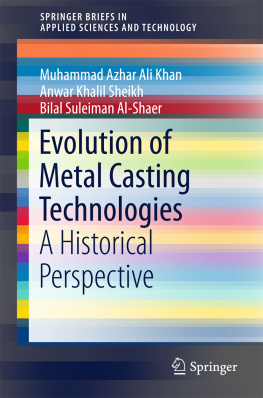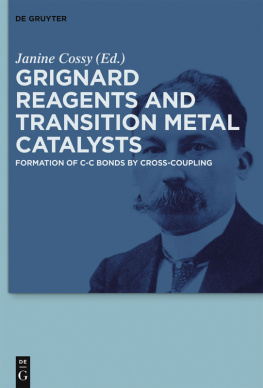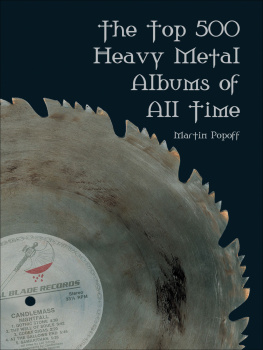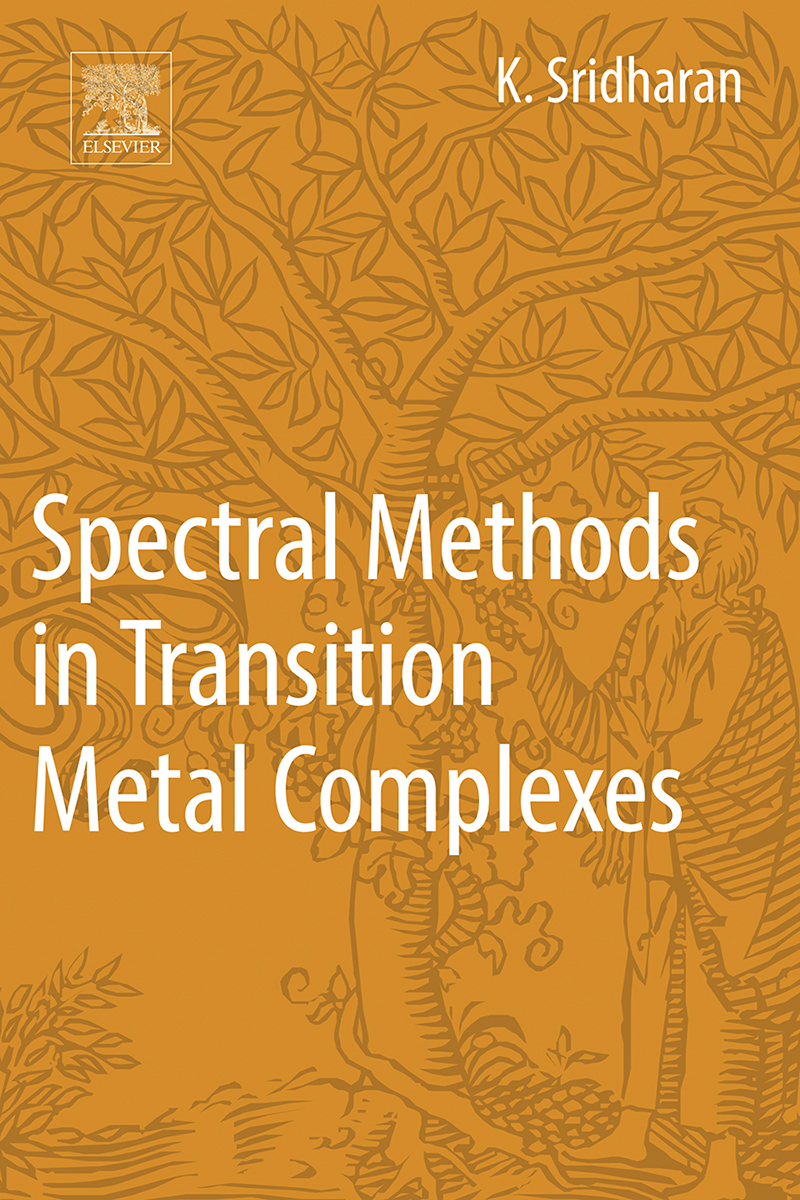Spectral Methods in Transition Metal Complexes
First Edition
K. Sridharan
School of Chemical and Biotechnology, SASTRA University, Thanjavur, Tamil Nadu, India

Copyright
Elsevier
Radarweg 29, PO Box 211, 1000 AE Amsterdam, Netherlands
The Boulevard, Langford Lane, Kidlington, Oxford OX5 1GB, UK
50 Hampshire Street, 5th Floor, Cambridge, MA 02139, USA
Copyright 2016 Elsevier Inc. All rights reserved.
No part of this publication may be reproduced or transmitted in any form or by any means, electronic or mechanical, including photocopying, recording, or any information storage and retrieval system, without permission in writing from the publisher. Details on how to seek permission, further information about the Publishers permissions policies and our arrangements with organizations such as the Copyright Clearance Center and the Copyright Licensing Agency, can be found at our website: www.elsevier.com/permissions.
This book and the individual contributions contained in it are protected under copyright by the Publisher (other than as may be noted herein).
Notices
Knowledge and best practice in this field are constantly changing. As new research and experience broaden our understanding, changes in research methods, professional practices, or medical treatment may become necessary.
Practitioners and researchers must always rely on their own experience and knowledge in evaluating and using any information, methods, compounds, or experiments described herein. In using such information or methods they should be mindful of their own safety and the safety of others, including parties for whom they have a professional responsibility.
To the fullest extent of the law, neither the Publisher nor the authors, contributors, or editors, assume any liability for any injury and/or damage to persons or property as a matter of products liability, negligence or otherwise, or from any use or operation of any methods, products, instructions, or ideas contained in the material herein.
British Library Cataloguing in Publication Data
A catalogue record for this book is available from the British Library
Library of Congress Cataloging-in-Publication Data
A catalog record for this book is available from the Library of Congress
For information on all Elsevier publications visit our website at http://store.elsevier.com/
ISBN: 978-0-12-809591-1

List of Figures
1.2 Emission of radiation from a nucleus
1.3 Emission of X-ray from a molecule
1.4 Effect of UV-Vis radiation on a molecule
1.5 Electronic transitions
1.6 Effect of IR radiation on a molecule
1.7 Effect of microwaves on a molecule
1.8 Effect of radio frequency on a molecule
1.9 Effect of microwave on the spin of electron
2.1 Water molecule having C 2 axis of symmetry
2.2 Molecule having no C 2 axis of symmetry
2.3 Molecule having C 3 axis of symmetry
2.4 Molecule having C 4 axis of symmetry
2.5 Molecule having C 6 axis of symmetry
2.6 Molecule having v planes
2.7 Horizontal mirror plane, h
2.8 Dihedral plane, d
2.9 Molecule with center of symmetry, i
2.10 Molecule with S 4 axis of rotation
2.11 Octahedral complex
2.12 Square planar complex
2.13 Tetrahedral complex
2.14 The terms arising from a p 2 configuration and the states arising from them
2.15 Effect of spin-orbit coupling on pd configuration
2.16 MO diagram for O h complex
2.17 MO diagram for tetrahedral sigma only complex
2.18 Orbital and spin motions of an electron
2.19 The orbitals in the E term
2.20 The orbitals in the T term
2.21 Orgel diagram for a D term
2.22 Orgel diagram for an F term
2.23 Splitting of D and F terms
2.24 Splitting of d -orbitals under various geometries
2.25 Tanabe-Sugano diagram for a d 2 complex
2.26 Tanabe-Sugano diagram for d 4 system
2.27 Spectrum of an aqueous solution of Ti3+, a d 1 system
2.28 The electronic spectrum of Cu2+, a d 9 system
2.29 The electronic spectrum of V3+, a d 2 system
2.30 Electronic spectrum of Ni2+ ion in aqueous solution
2.31 The electronic spectrum of an aqueous solution of Cr3+
2.32 The electronic spectrum of Co2+ aqueous solution
2.33 The Tanabe-Sugano diagram for a d 7 system
2.34 Electronic spectrum of Cr2+ aqueous solution
2.35 Electronic spectrum of an aqueous solution of Fe2+
2.36 The electronic spectrum of an aqueous solution of Mn2+
2.37 Electronic spectrum of [Co(en)3](ClO4)3 in water
2.38 Electronic spectrum of cis -[Co(en)2F2]+
2.39 Electronic spectrum of trans -[Co(en)2F2]+
3.1 Fundamental vibrations of the water molecule
3.2 Normal modes of vibration of CO2
3.3 C 2 operation on a water molecule
3.4 v operation on the water molecule
3.5 Notation of axes and planes
3.6 Symmetric and antisymmetric stretchings
3.7 Basis set for SALC
3.8 Basis vectors
3.9 Structure of trans -N2F2
3.10 Effect of C 2 operation on trans -N2F2
3.11 Effect of h operation on trans -N2F2
3.12 Resonance structures of nitrato ligand
3.13 Nitrato ligand as monodentate
3.14 Nitrato ligand as symmetrical bidentate chelate
3.15 Nitrato ligand as unsymmetrical bidentate chelate
3.16 Nitrato ligand as bidentate binuclear
3.17 Structure of carboxylate ligand
3.18 Carboxylate as a monodentate ligand
3.19 Carboxylate as a symmetrical bidentate chelate ligand
3.20 Carboxylate as a bidentate binuclear ligand
3.21 Structure of free sulfate ion
3.22 Sulfate as a monodentate ligand
3.23 Sulfate as a bidentate chelate ligand
3.24 Sulfate as a bidentate bridging ligand
3.25 Structure of N , N -dimethylacetamide
3.26 MO diagram of CN
3.27 Resonance structure of dimethyl sulfoxide
3.28 MO diagram of carbon monoxide ligand
3.29 Different structures of metal carbonyls. (A) T d . (B) D 3 h . (C) O h
3.30 Structure of Co2(CO)8. (A) C 2 v . (B) D 3 d
3.31 Structure of Fe2(CO)9
3.32 Structure of Mn2(CO)10
4.1 Splitting of levels in EPR spectroscopy. (A) EPR. (B) NMR
4.2 (A) Normal curve. (B) Derivative curve in EPR
4.3 Hyperfine splitting in EPR
4.4 EPR spectrum of copper complex
4.5 g || and g
4.6 g ||, g , g xx , g yy , and g zz
4.7 Splitting of energy levels of Cu(II) in different fields
4.8 Flow chart explaining Kramers degeneracy
4.9 Splitting of levels without Kramers degeneracy
4.10 Energy levels of Mn(II) under zero-field splitting and Kramers degeneracy
4.11 Structure of bis-salicylaldiminecopper(II)
4.12 Structure of chromium porphyrin derivative and EPR spectrum of the oxidized species
4.13 Tetragonal distortion and g -value
4.14 Tetragonal distortion in cubic symmetry
4.15 Magic pentagon for the calculation of g -values
4.16 Splitting of d -orbitals in square planar geometry
4.17 Splitting of orbitals and hole formalism for Cu(II)
4.18 Splitting in a d 3 system and EPR
4.19 EPR splitting of levels in a d 4 system


